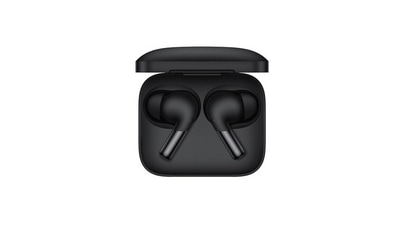Star-studded skull! NASA shares hair-raising image of Rosette Nebula taken by Chandra Observatory
NASA has recently shared an image of the Rosette Nebula, which at first glance resembled, of all things, a human skull! Check details here.

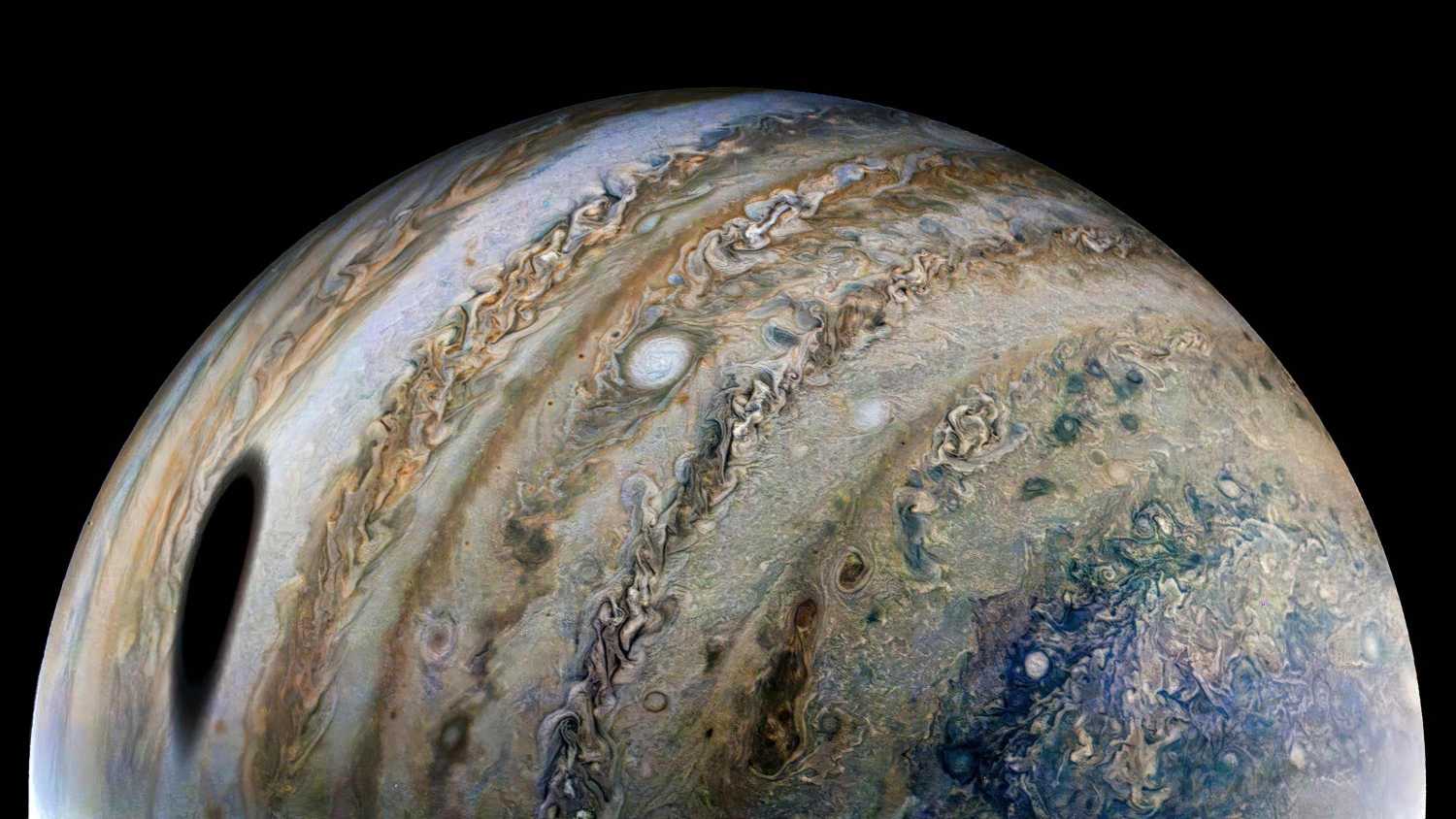


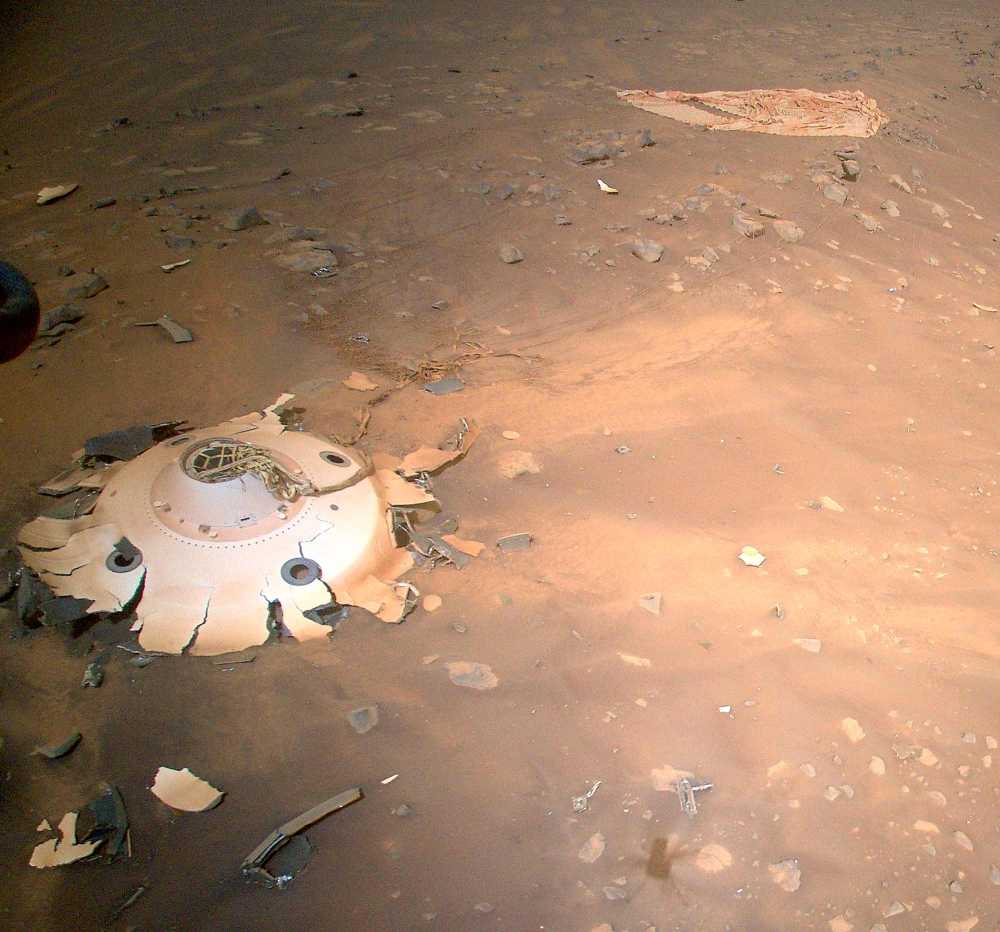
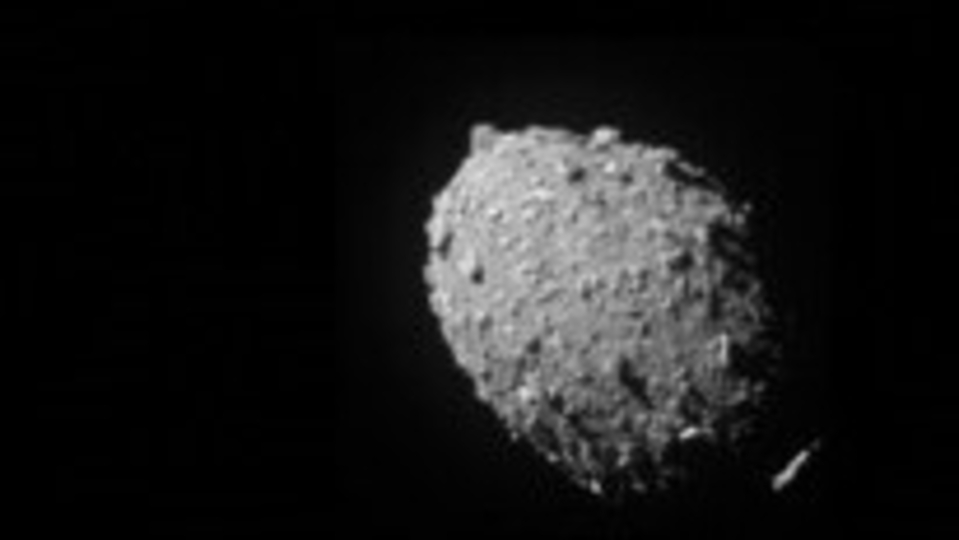
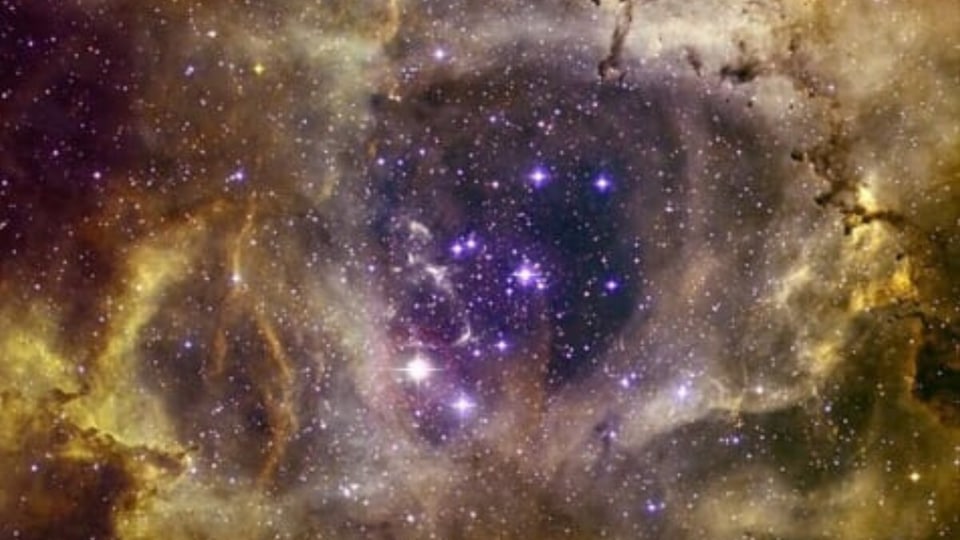
 View all Images
View all ImagesHave you seen a star-studded image which resembles a human skull? If not, here is your chance. NASA has shared an image on its Instagram account showing a portion of the Rosette Nebula, which at first glance resembles a skull. It can be known that the Rosette Nebula has been named for its rose-shaped arrangement, and lies about 5000 light-years from Earth. Sharing the image NASA wrote, "Although this star-studded image may first resemble a skull, it is little more than a trick of the eye. Actually, this @nasachandraxray (Chandra X-ray Observatory) composite image shows a portion of the Rosette Nebula, named for its rose-shaped arrangement, which lies about 5,000 light-years from Earth."
NASA said, "A cluster of stars resembles a colourful human skull in space. Red X-ray observations reveal hundreds of young stars near the centre of the image. Large, dense pockets of purple, orange, green, and blue gases interlaid with dust form the bone structure of this cosmic skull. Within the eye cavities of the skull, bright blue stars stand out against the darkness of space."
"The slurry of dust and gas creating the bone structure is visibly denser in the bottom right of the image, creating a thick shroud blocking the sight of newly forming stars in the region. The uppermost corners of the image reveal a background of the blackness of space with sprinklings of stars throughout," it added.
The data from Chandra reveals hundreds of young stars clustered in the center of the image and additional fainter clusters on either side. "Observations from the Digitized Sky Survey and the @KittPeakObservatory reveal the stars lurking inside this delicate cosmic rosebud," the research organisation said.
These super-hot stars, called O-stars, have blown layers of dust and gas away with their powerful radiation and winds, revealing a cavity of cooler dust. Some of Rosette's O-stars can be seen in the bubble-like cavity; however, the largest two stars in this picture are not in the nebula itself.
Recent Chandra observations have revealed that the darker region of Rosette is a nursery for newly formed stars. Within the dense molecular cloud which makes up the “jaw” of this skull-like arrangement, hundreds of newly born stars are swaddled beneath a gaseous veil.
Catch all the Latest Tech News, Mobile News, Laptop News, Gaming news, Wearables News , How To News, also keep up with us on Whatsapp channel,Twitter, Facebook, Google News, and Instagram. For our latest videos, subscribe to our YouTube channel.































